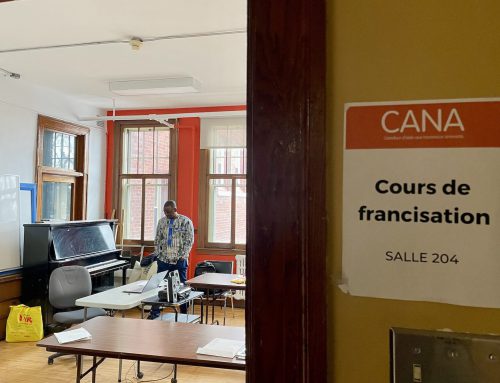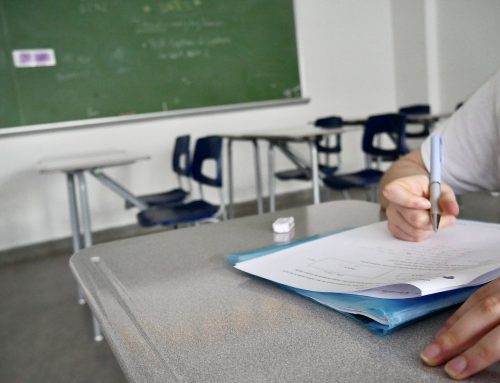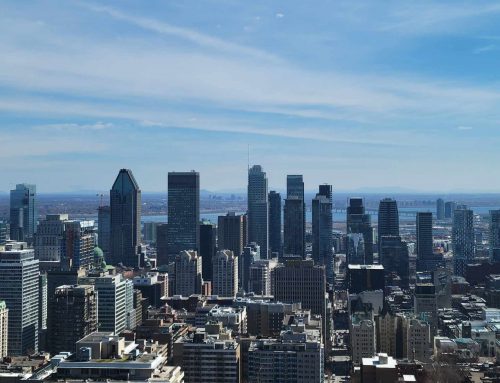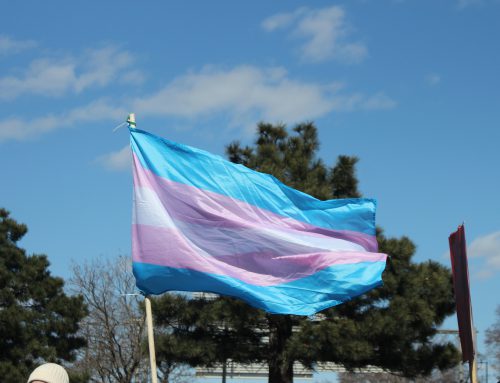BY Elisabeth Ndeffo & Justine Gilbert
Jocelyn Maurice, 75, resides next to Rivière des Prairies in Île Bizard. During the floods of 2017 and 2019, the area was hit hard. The streets filled with water, forcing people to use boats if they wanted to leave their house. Many residents had their basement flooded.
“The first flood in 2017, I believe, is where the water rose very much,” she says.
The builder of her house had raised up the ground before she moved in. Maurice didn’t have a basement, so she didn’t worry about the water rising.
“I gave my sandbags to all my neighbors because I didn’t need them until a second spate came,” Maurice says. “At some point, it went up so we put sand all around the house but I had no water in the house. The solarium was hit, but not inside.”
During the 2019 flooding, the city asked for permission from her and her neighbours to build a temporary dike in their backyard. She says it prevented the neighbourhood from being flooded as badly as in 2017.
Now, Maurice wants the city to build a permanent dike on her street.
Each year, as winter snow melts away, floods occur all over the province of Quebec. How do the government and communities come together to prevent or mitigate them? Video by Justine Gilbert.
Île Bizard has taken action to lessen the impacts of any future floods. In the March 2023 edition of the journal L’Île-Bizard-Sainte-Geneviève, it informed citizens on how to protect homes located in flood zones.
There is also a 24-hour call center and a Facebook page that helps people learn how to prepare for floods.
Pascale Biron, a professor in geography, planning and environment at Concordia, explains that the Ottawa river was an important factor that affected the 2017 and 2019 floods.
She explains that the river’s watershed is as big as Switzerland and Austria combined.
“The watershed is the area that drains into a point,” she says. “So all the rain that falls within the watershed will end up in the river at some point.”
The water travels through the Ottawa river, until its basin, then to Lac des Deux Montagnes and Rivière des Brésils arrives at the Ile-Bizard.
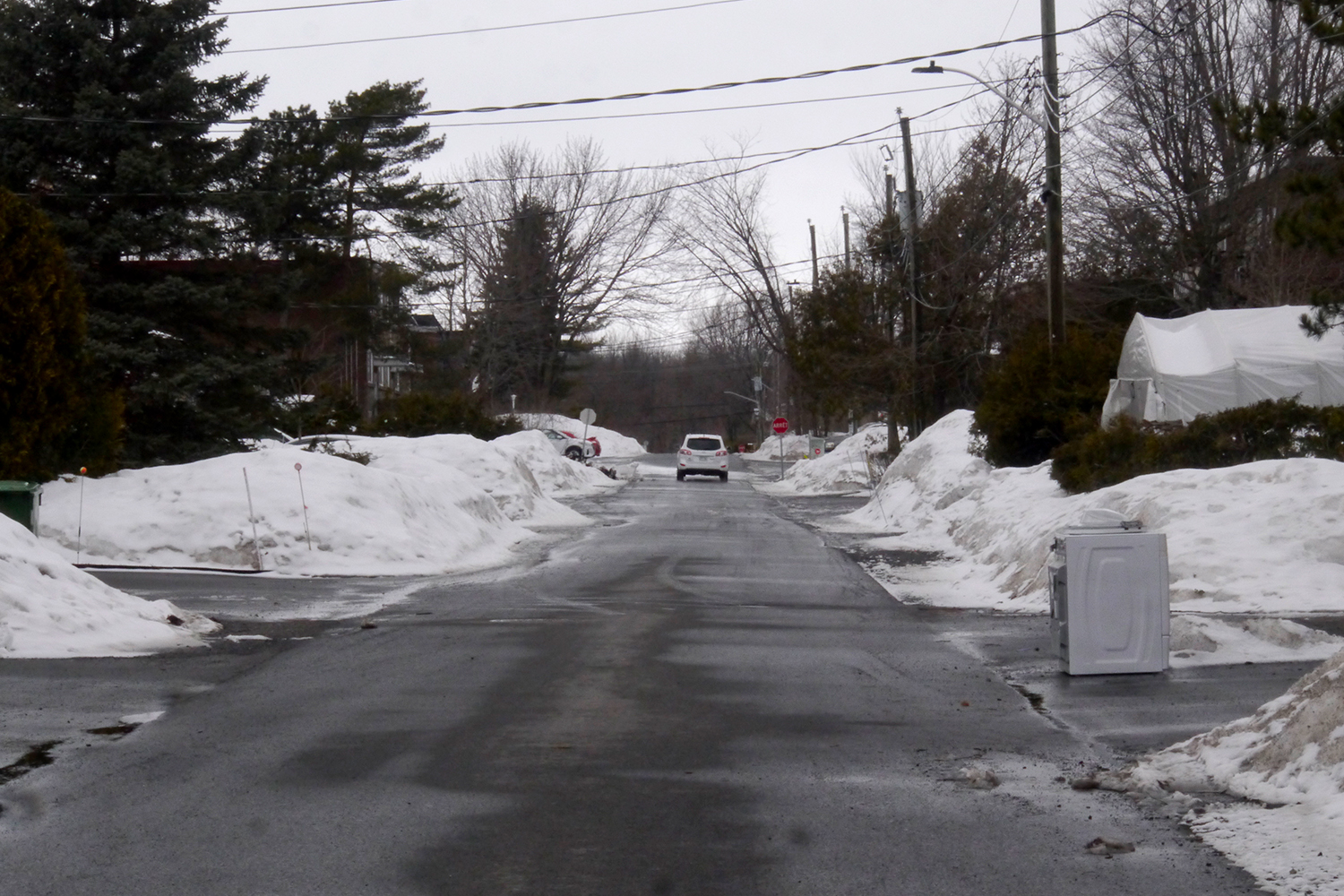
The Rivière des Prairies, the water that borders the island, is one of the waterways that the city must apprehend. Photo by Elisabeth Ndeffo.
“So you have to look not just in Bizard, but what is upstream,” she says. “There’s not a big difference in elevation between where these people live and the level of the river. It’s impossible to imagine that you would just have retention zones where all that water would quietly stay for a while because we’re talking about volumes of water that are huge.”
Île-Bizard–Sainte-Geneviève Mayor Stéphane Côté explains that the town is at one of the lowest elevations in the area, so it is the first to experience flooding.
The difference in snow cover on April 5, 2023 and April 5, 2019. Excessive melting of snow along with the falling rain results in flooding. Media by Elisabeth Ndeffo.
Climate warming makes it difficult for scientists to predict the climate’s future.
Snow is expected to accumulate less over the winter and while more rain will fall, resulting in less snow accumulation.
“It can go from one extreme to [another],” Biron says. “[It] is anticipated that the variability will increase with climate being less and less predictable.”
Wetlands can help absorb water flow intake, but in 2019 they weren’t enough to absorb the sheer volume of 9000 cubic meters per second. Solutions aren’t easy to find when dealing with the environment: dams help navigate the flow of water but can become problematic for the environment.
“There’s a lot of species living in rivers. So when you build a dam, you’re fragmenting, you’re preventing fish, for example, from moving up and down,” says Biron. “You have also huge cost to build a dam.”
Biron suggests a few changes that can be made in flood zone houses. Home cinemas or electrical boxes should be avoided in the basement. Having a pump to “make sure that [citizens] can, on [their] own, evacuate water” is also recommended.
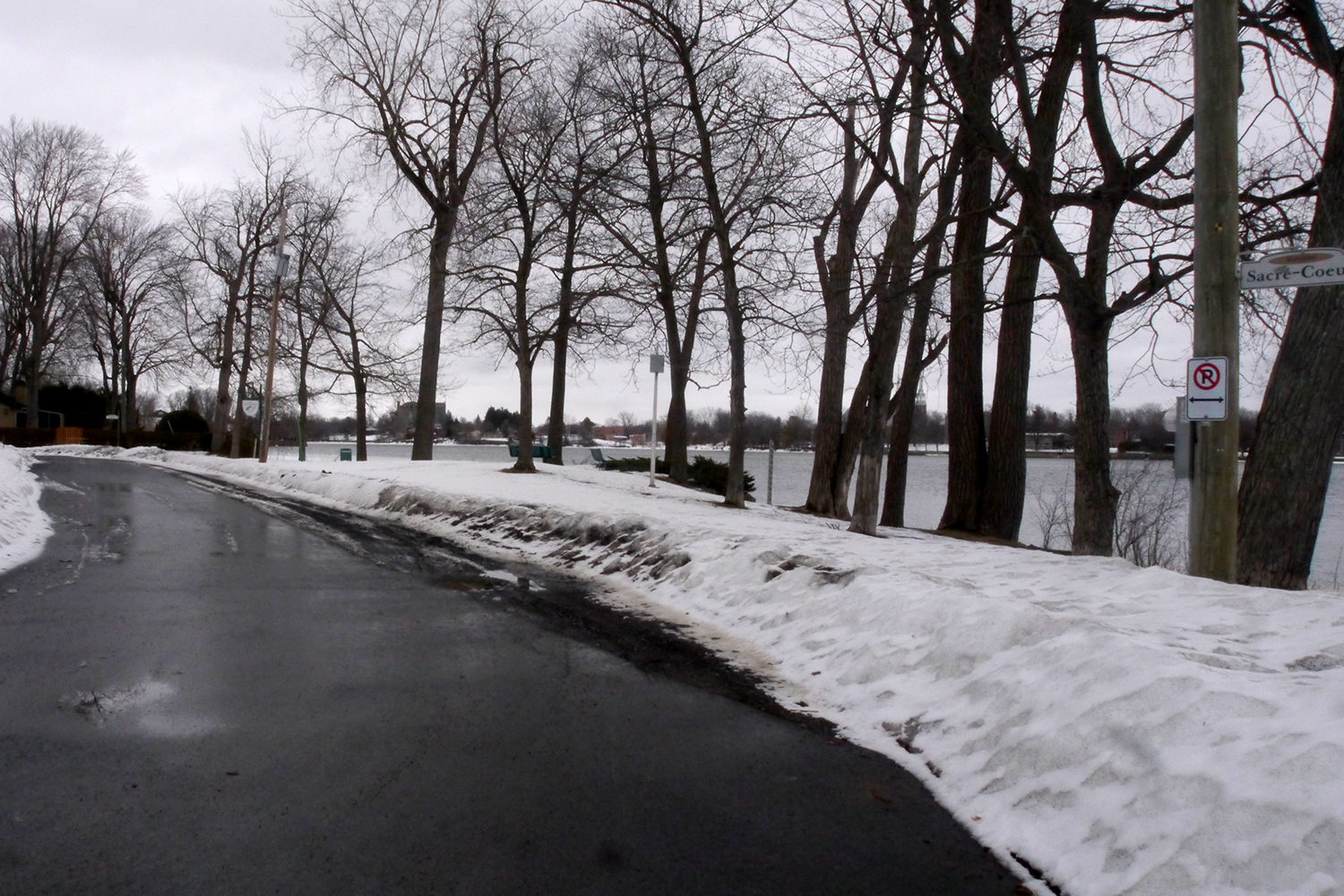
Dikes were built on Sacré-Coeur’s street during the floods of 2017 and 2019. Photo by Elisabeth Ndeffo.
The borough will build preventive dikes especially in the south of the island. If water outbreaks were to happen, Montreal would trigger the state of emergency for Île Bizard. This new state would allow the island to spend over budget to respond to the situation.
Mayor Côté has written to associations and community organizations to have volunteers to build temporary dikes.
“I am asking people, each citizen who is likely to be flooded, now is the time to call your brother-in-law, your family, and tell them ‘Listen, we may need arms in the spring,’” he says.

